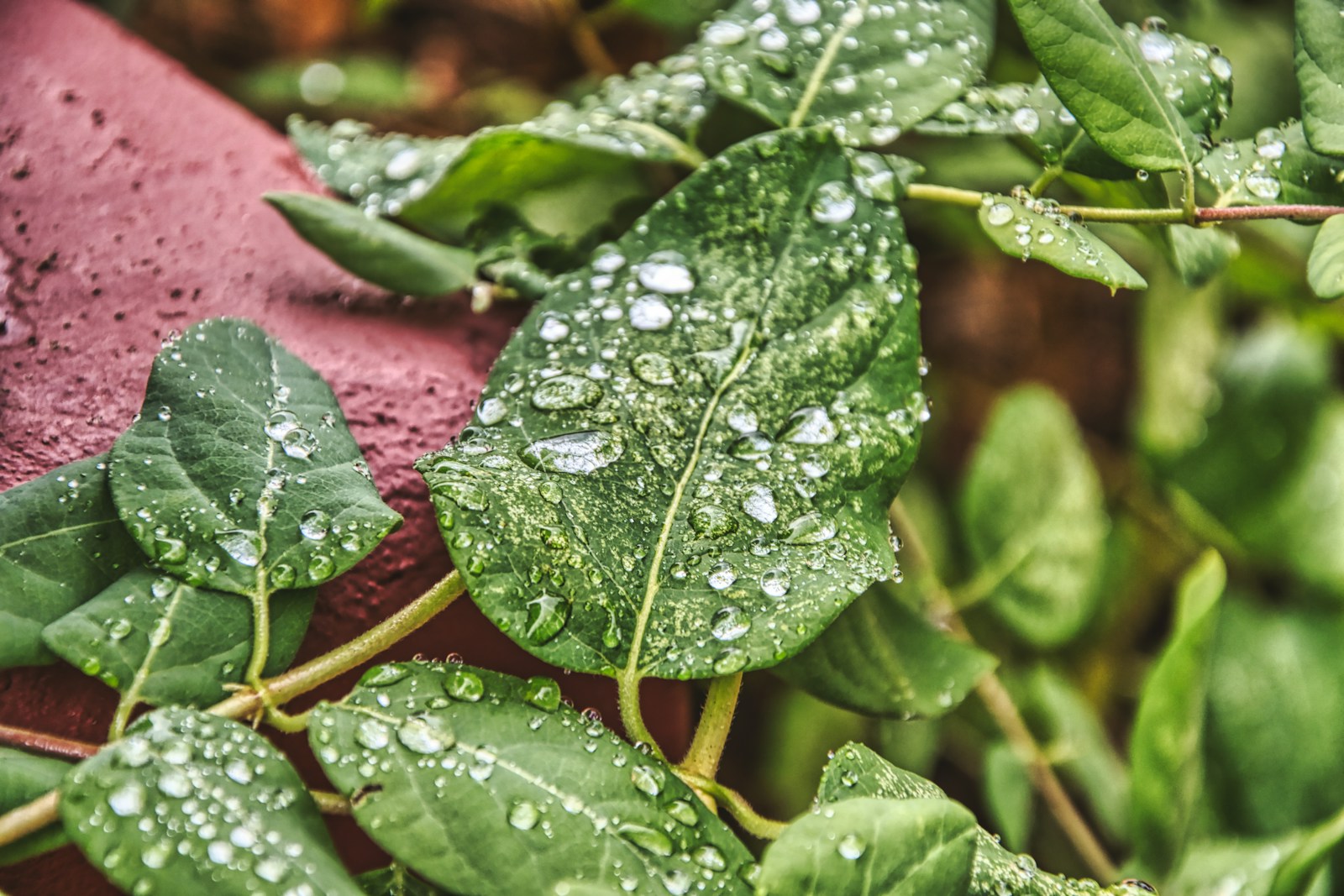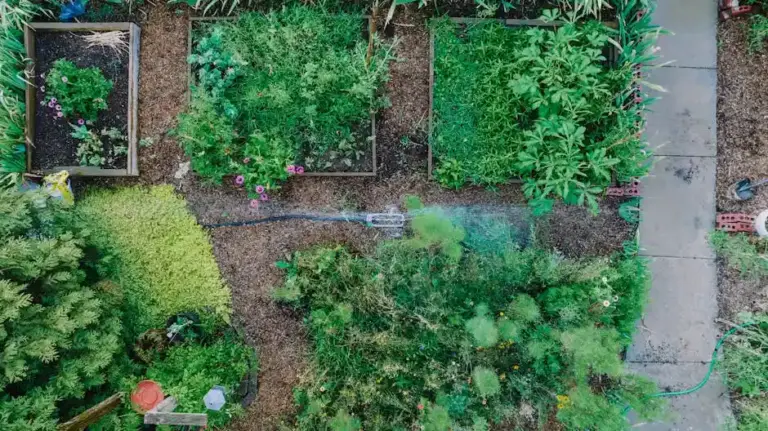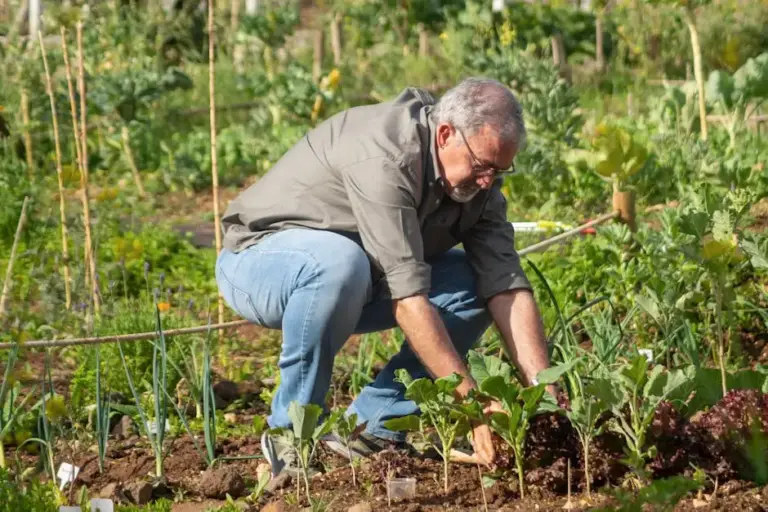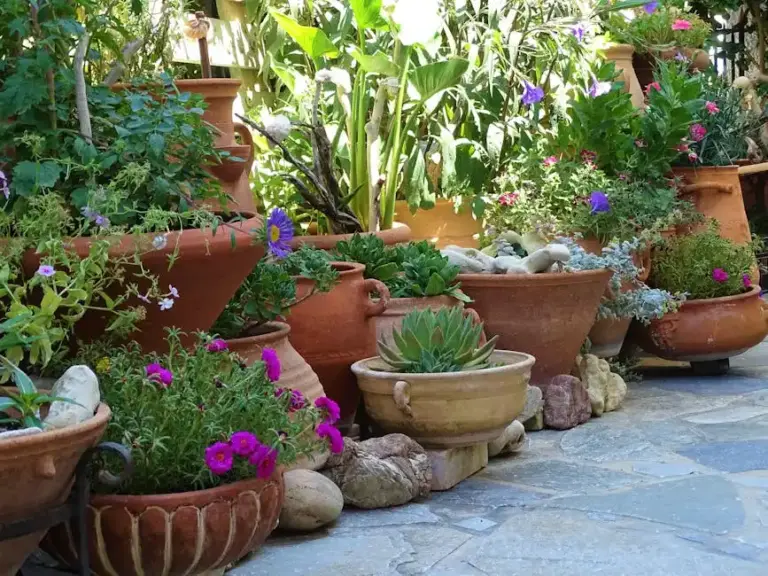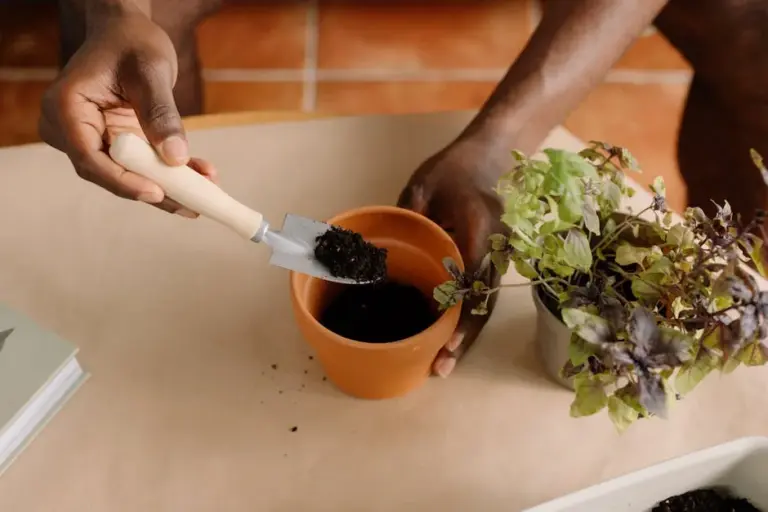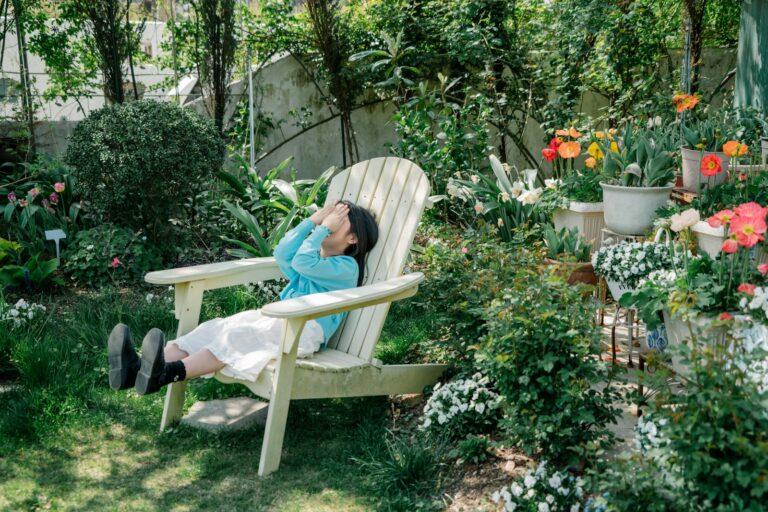10 Things Gardeners Should Never Do After Rain to Keep Plants Healthy
Rain can completely change the mood and feel of your garden. Sometimes, it’s tempting to jump right in and start tending to your plants, but rain brings its own set of challenges.
After a downpour, it’s easy to make mistakes that can set your garden back. Let’s look at what you should avoid so your plants stay happy and healthy.
Don’t walk on soggy soil to avoid compaction

Wet soil feels soft and inviting, but stepping on it can squash the tiny air pockets your plants need. This makes the ground dense and hard for roots to grow in.
Try to stick to garden paths or stepping stones when checking on your plants. Giving the soil time to dry helps keep it loose and healthy.
If you notice clumps or puddles forming after walking on wet soil, you might have compacted the ground. Aerating or gently loosening the soil can help fix this.
Letting the soil firm up before walking on it again makes a big difference for your plants’ growth.
Avoid fertilizing immediately after rain
Right after a heavy rain, your garden soil is often too wet for fertilizer. The nutrients can wash away before your plants get a chance to use them.
Fertilizer runoff can also end up in nearby water sources, causing pollution. Waiting a few days until the soil dries out helps the fertilizer soak in where it’s needed.
If you must fertilize, use a light, water-soluble application. But in most cases, patience pays off and leads to healthier plants.
Never prune wet plants to prevent disease
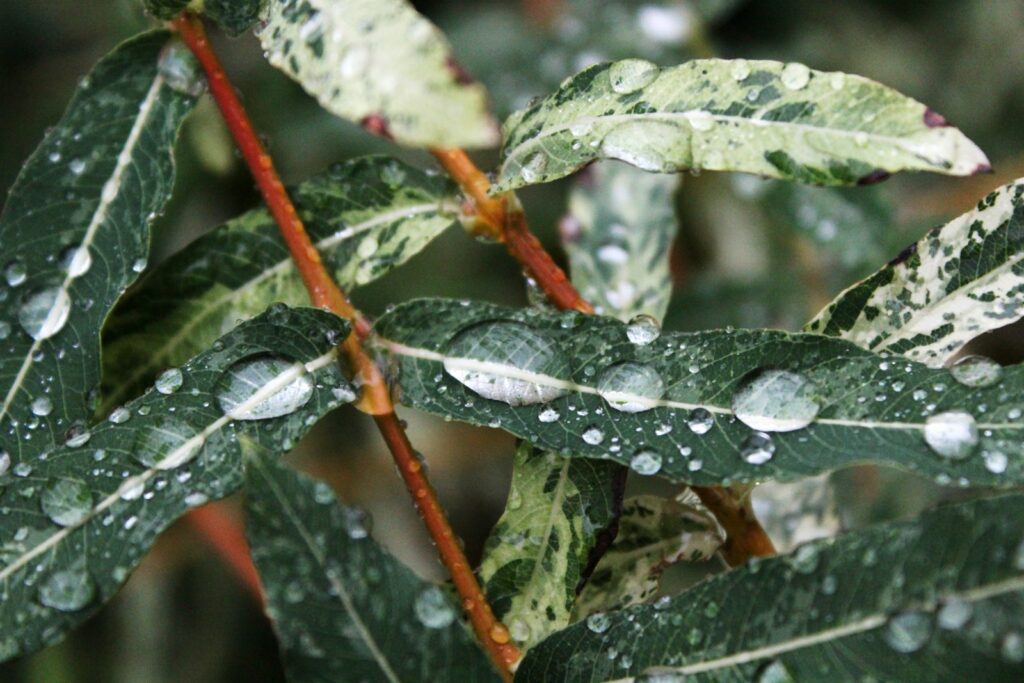
Pruning wet plants is risky because moisture helps diseases spread. Fungal spores move easily on water droplets and can infect fresh cuts.
Cutting wet branches creates open wounds that are more likely to get infected. Waiting at least 48 hours after rain lets plants dry out and heal better.
Pruning on dry days keeps your plants safer and makes cleanup easier. It might take a little extra planning, but your garden will thank you.
Don’t water your garden right after heavy rain
After a big rain, your garden probably doesn’t need more water. Overwatering can cause roots to rot and leave your plants struggling.
Check the soil before you water. Stick your finger into the dirt—if it’s still moist, skip watering for now.
Not all parts of your garden dry out at the same rate. Keep an eye on spots that might need attention, but let the soil drain before adding more water.
Avoid planting new seeds in waterlogged soil
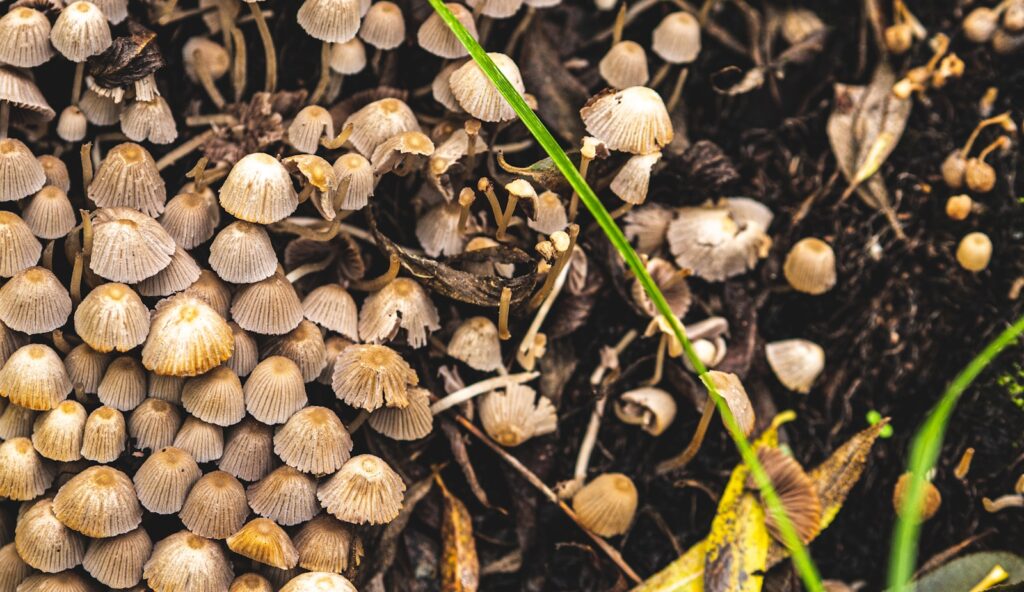
Planting seeds in soggy ground rarely works out well. Seeds need air to sprout, but too much water can suffocate them or cause them to rot.
Heavy rain can also wash seeds away or bury them too deep. Waiting until the soil is just moist, not soaked, gives your seeds the best start.
Wet soil can also encourage fungal growth and weeds, making it harder for new plants to thrive. Give the ground a chance to dry before planting.
Don’t ignore checking for slugs and snails
Rainy weather brings out slugs and snails in droves. They love the dampness and can quickly chew through your favorite plants.
Look under rocks, boards, and plant debris where they like to hide. You might also spot their eggs in the soil, which look like tiny pearls in clusters.
Hand-picking slugs and snails in the evening or early morning helps keep their numbers down. Combine this with traps or safe baits for best results.
Checking for these pests after rain can save your plants from serious damage.
Never leave standing water around plants
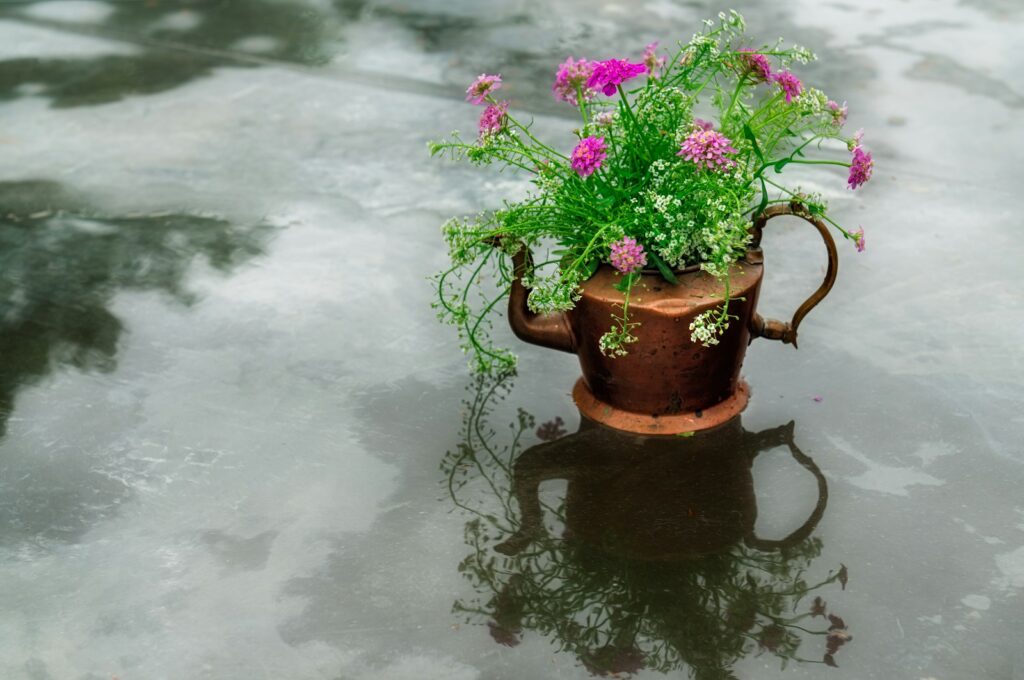
Puddles around your plants spell trouble. Roots need air, and standing water drowns them, leading to rot and disease.
Wet conditions also help harmful fungi and bacteria grow. Getting rid of puddles quickly protects your plants from these threats.
Improve drainage by amending soil or adding drains if needed. Turning a low spot into a rain garden with moisture-loving plants can also help.
Don’t let water pool near your garden beds after rain. Your plants will be healthier for it.
Avoid using pesticides right after rain
Spraying pesticides on wet plants usually doesn’t work. Rain can wash away the chemicals, making them less effective and causing runoff.
Wet leaves don’t hold onto pesticides well, so you might have to reapply. This wastes product and can harm the environment.
Wait until your garden is dry before spraying anything. Check the weather forecast to avoid another rain shower right after you treat your plants.
Being patient with pesticides means better results and less work for you.
Don’t rush to trim broken branches until dry
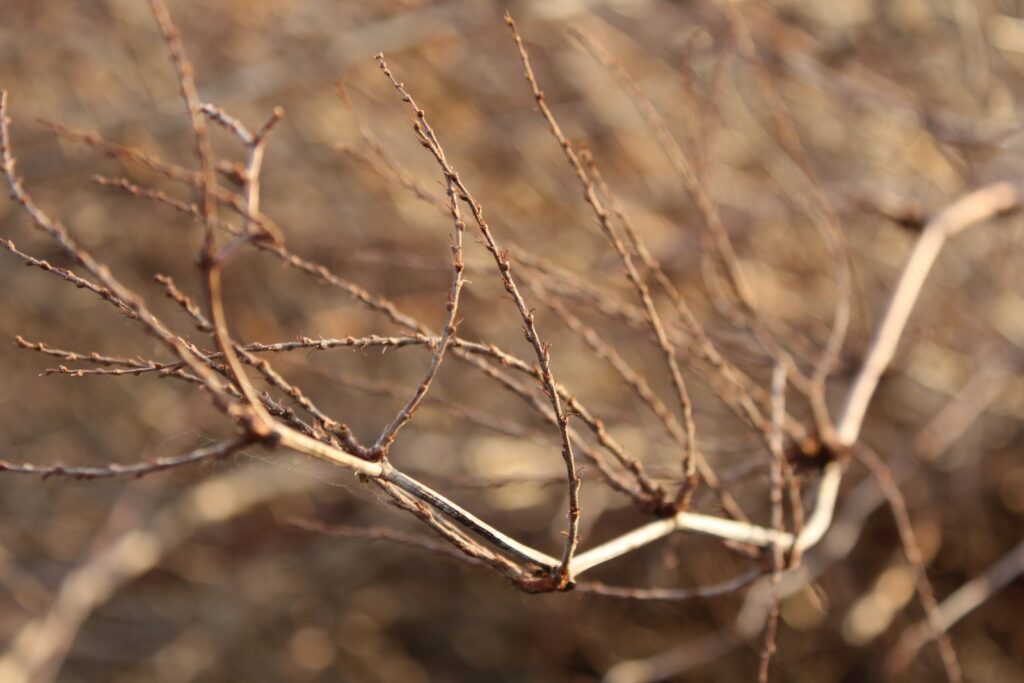
Broken branches are common after storms, but trimming them while they’re wet can cause more harm. Wet wood tears more easily and can leave jagged wounds.
Pruning wet branches also spreads diseases faster. Rain can leave spores on the plant, and fresh cuts are easy entry points.
Give branches a day or two to dry before you prune. Your plants will heal faster and stay healthier in the long run.
Never disturb root systems in saturated ground
Digging or moving plants in wet soil is risky. The ground is fragile, and roots can break or get damaged easily.
Working on soggy soil also leads to compaction, making it harder for roots to breathe. Plants need stable, airy soil to grow strong.
Wait until the ground dries before digging or transplanting. Focus on lighter tasks like mulching while the soil recovers.
Letting your garden rest after rain helps roots stay safe and healthy.
Why Rain Changes Garden Conditions
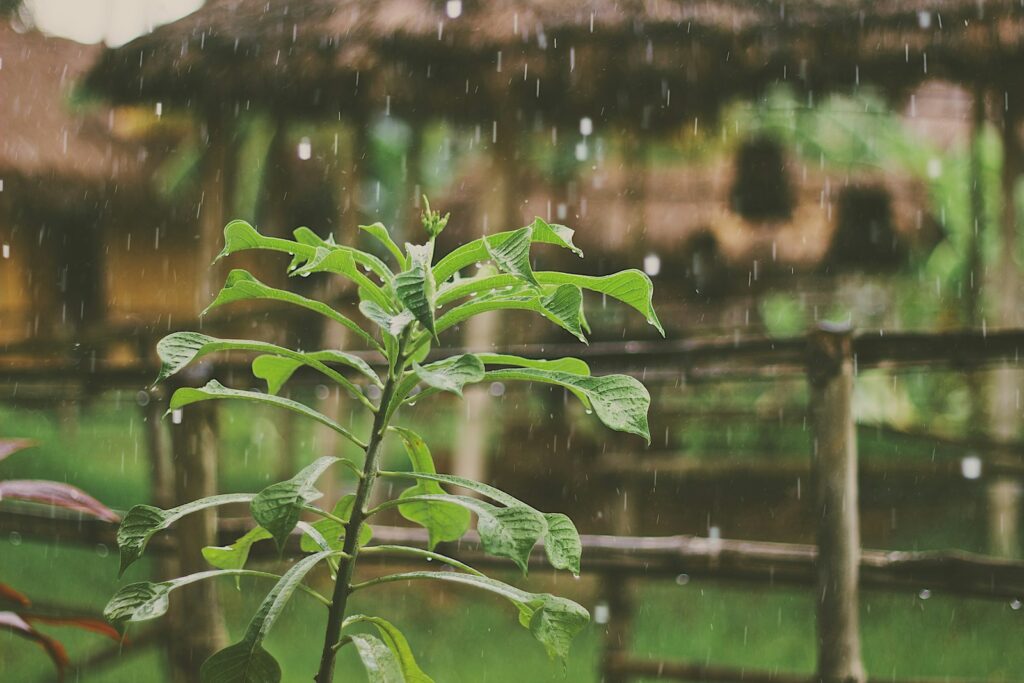
Rain doesn’t just water your plants, it changes the whole environment in your garden. The soil’s texture, nutrient levels, and even pest activity can shift after a storm.
Understanding what’s happening under the surface helps you respond in ways that protect your plants.
Soil Structure and Compaction
Heavy rain fills the spaces between soil particles, making the ground dense. Stepping on wet soil can press it down even more.
Compacted soil means less air and water for roots, which can stunt plant growth. If your garden feels crusty or hard after rain, the soil might be compacted.
To keep soil healthy, avoid walking on it when it’s wet. Once it dries a bit, gently loosen it with a rake to help air and water move freely.
Nutrient Leaching
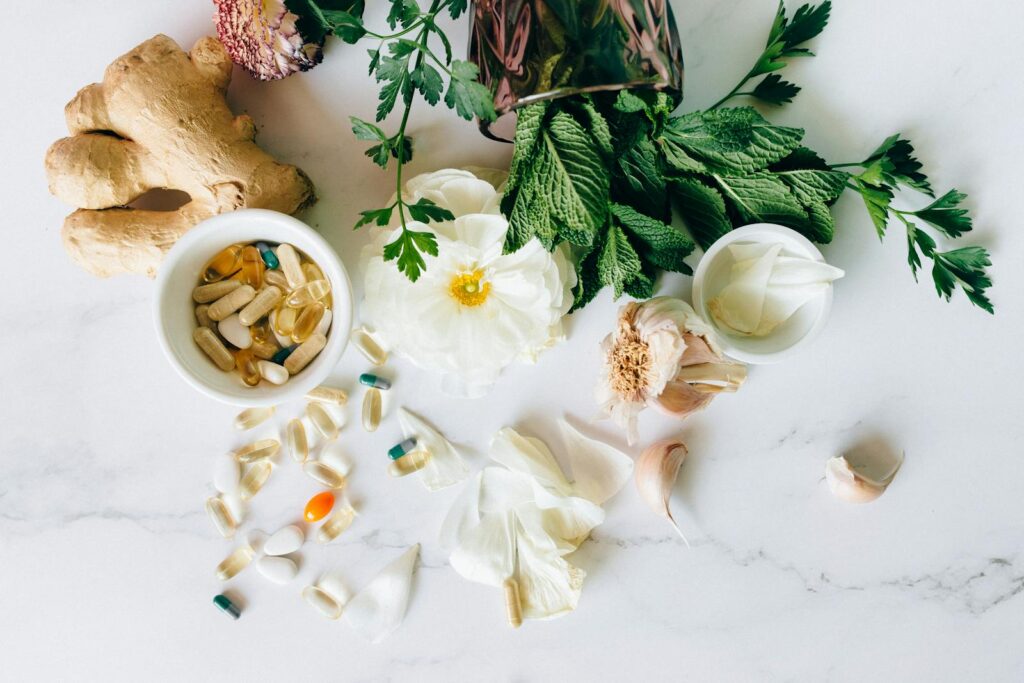
Rain can wash important nutrients out of your soil, especially if it’s heavy or lasts a long time. Plants may look pale or weak if nutrients like nitrogen and potassium are lost.
Using mulch slows down water flow and helps protect the soil. You might need to add fertilizer after big storms to replace what’s been lost.
Smart Solutions For Post-Rain Garden Care
Caring for your garden after rain means thinking ahead and working with the weather. The right timing and gentle handling make all the difference.
Timing Your Activities
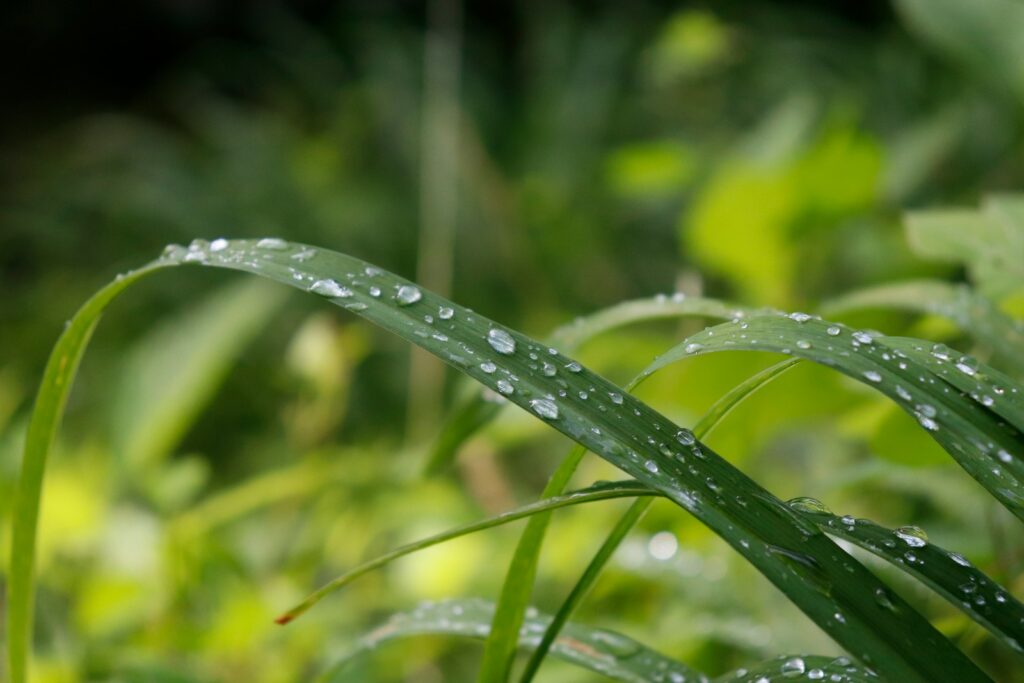
Wait until the soil has dried before walking or working in the garden. Wet soil compacts easily, making life harder for plant roots.
Hold off on pruning or digging until plants and soil are dry. This prevents disease and keeps wounds from getting infected.
If you’re unsure about watering, dig a few inches down to check the moisture. Sometimes the surface dries quickly, but roots still need more time.
Taking it slow after rain helps your garden recover and thrive.
Protecting Delicate Plants
When rainstorms hit, your garden can take a beating, especially if you have young or delicate plants. It can be frustrating to see your hard work at risk.
Try using temporary covers like cloth or lightweight plastic to shield these plants from heavy rain. This helps prevent leaf damage or rotting from excess water.
Watch out for the dangers of overwatering, especially if your plants are in pots or the soil doesn’t drain well. Move containers to sheltered spots if you notice water pooling, or add drainage holes to help them out.
After a downpour, pests like slugs and snails often make an appearance. Handpick them or use natural deterrents to keep your garden safe without resorting to harsh chemicals.

